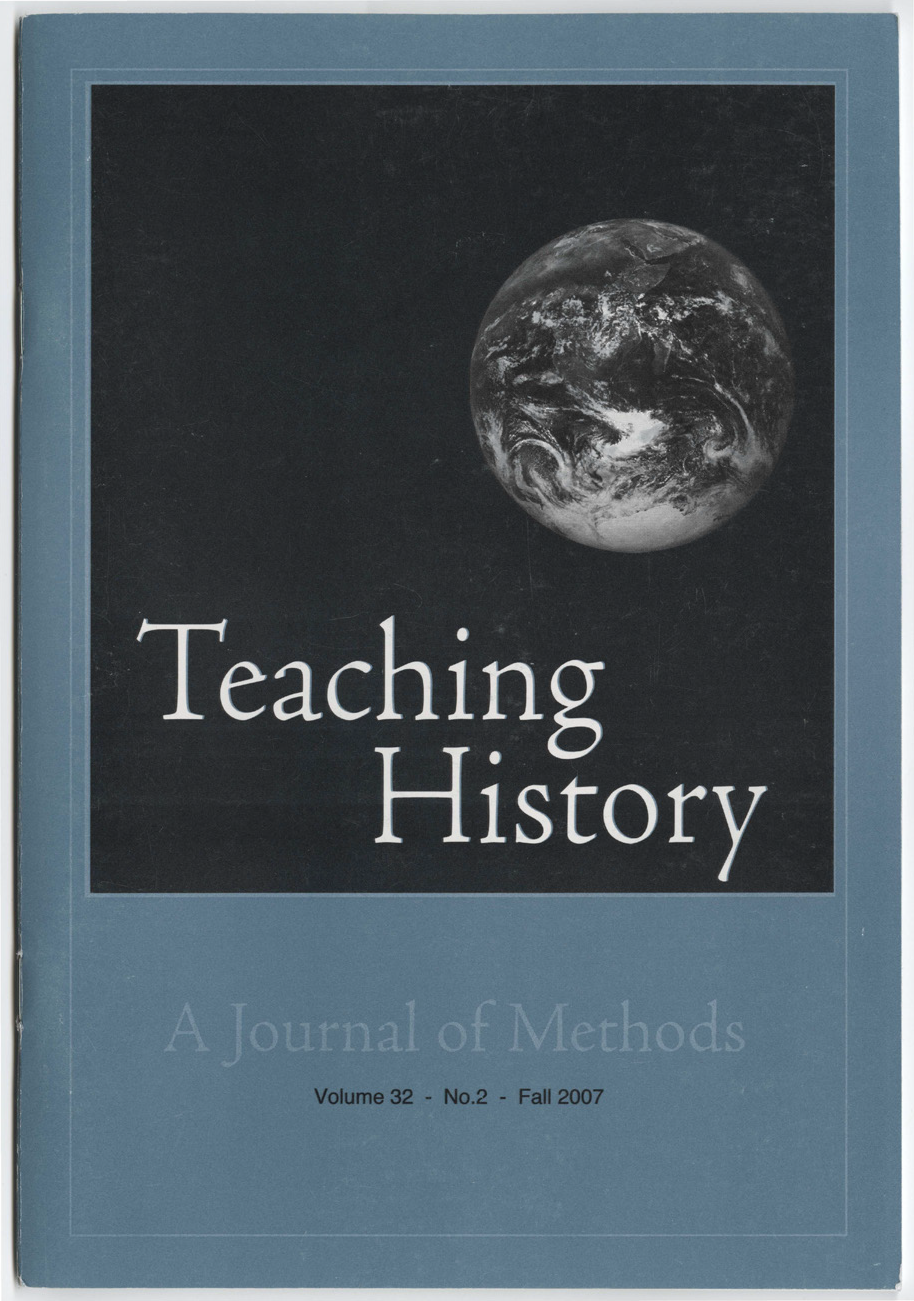Building Historical Thinking Skills In The U.S. Survey
DOI:
https://doi.org/10.33043/TH.32.2.80-91Abstract
As a history educator I am constantly reminded of the gulf between how I think about history and how my students think about it. Sophisticated historical thinking, Sam Wineburg has suggested, involves using the facts of history as knowledge that is "organized in interconnecting networks of meaning and significance," or, he suggested in an earlier article, as "subtext." Historians have disciplined themselves to see the connections; students are just beginning this training.1 To bridge the "breach," I have found that a project-based approach that teaches some basic disciplinary skills, primarily critical thinking and writing skills, increases student involvement in their history courses and aids retention of the material.
Downloads
Downloads
Published
How to Cite
Issue
Section
License
Copyright (c) 2007 Russell Douglass Jones

This work is licensed under a Creative Commons Attribution-NonCommercial-NoDerivatives 4.0 International License.
By submitting to Teaching History, the author(s) agree to the terms of the Author Agreement. All authors retain copyrights associated with their article or review contributions. Beginning in 2019, all authors agree to make such contributions available under a Creative Commons Attribution-NonCommercial-NoDerivatives 4.0 International license upon publication.



